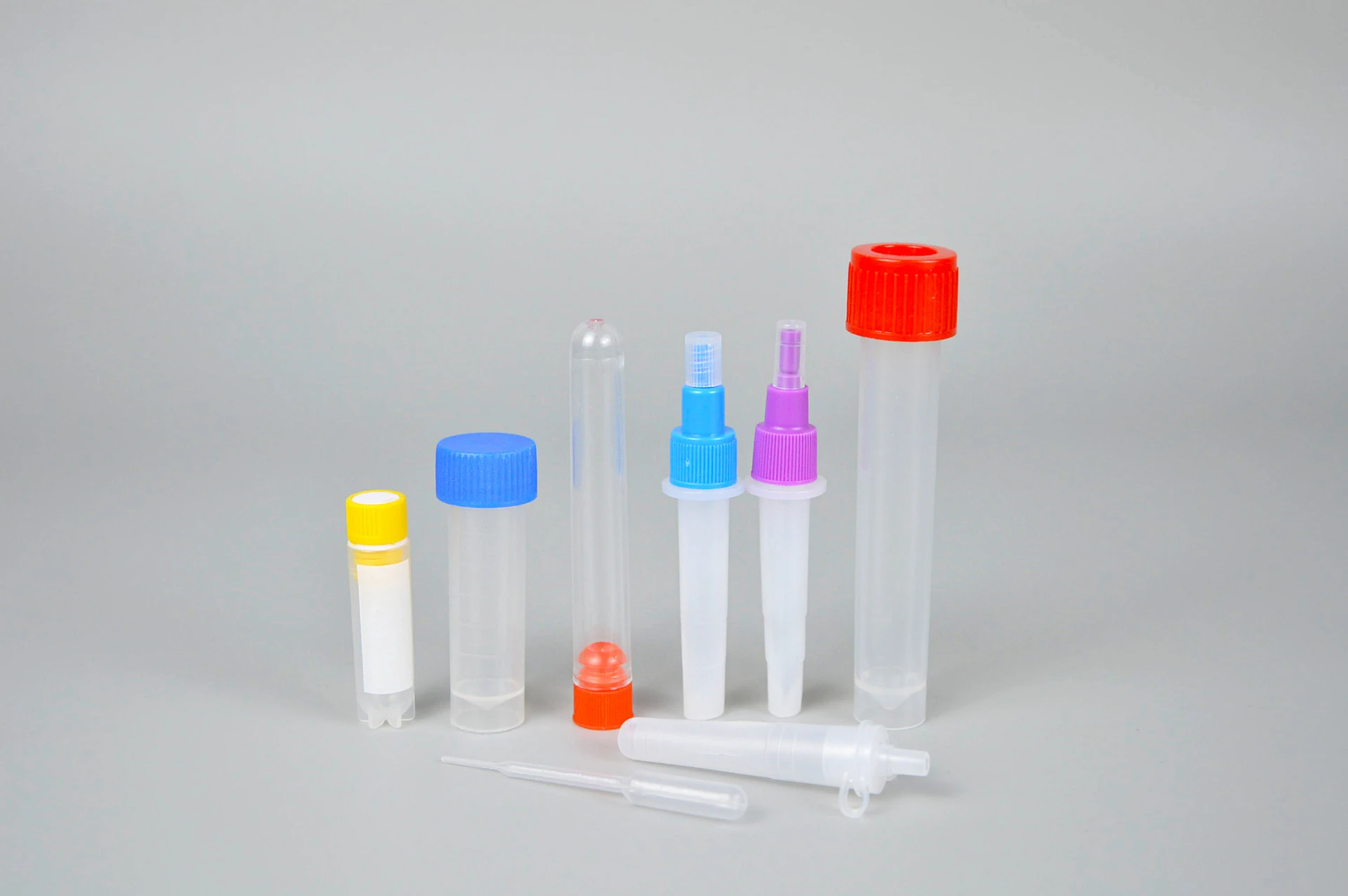
-
 Afrikaans
Afrikaans -
 Albanian
Albanian -
 Amharic
Amharic -
 Arabic
Arabic -
 Armenian
Armenian -
 Azerbaijani
Azerbaijani -
 Basque
Basque -
 Belarusian
Belarusian -
 Bengali
Bengali -
 Bosnian
Bosnian -
 Bulgarian
Bulgarian -
 Catalan
Catalan -
 Cebuano
Cebuano -
 Corsican
Corsican -
 Croatian
Croatian -
 Czech
Czech -
 Danish
Danish -
 Dutch
Dutch -
 English
English -
 Esperanto
Esperanto -
 Estonian
Estonian -
 Finnish
Finnish -
 French
French -
 Frisian
Frisian -
 Galician
Galician -
 Georgian
Georgian -
 German
German -
 Greek
Greek -
 Gujarati
Gujarati -
 Haitian Creole
Haitian Creole -
 hausa
hausa -
 hawaiian
hawaiian -
 Hebrew
Hebrew -
 Hindi
Hindi -
 Miao
Miao -
 Hungarian
Hungarian -
 Icelandic
Icelandic -
 igbo
igbo -
 Indonesian
Indonesian -
 irish
irish -
 Italian
Italian -
 Japanese
Japanese -
 Javanese
Javanese -
 Kannada
Kannada -
 kazakh
kazakh -
 Khmer
Khmer -
 Rwandese
Rwandese -
 Korean
Korean -
 Kurdish
Kurdish -
 Kyrgyz
Kyrgyz -
 Lao
Lao -
 Latin
Latin -
 Latvian
Latvian -
 Lithuanian
Lithuanian -
 Luxembourgish
Luxembourgish -
 Macedonian
Macedonian -
 Malgashi
Malgashi -
 Malay
Malay -
 Malayalam
Malayalam -
 Maltese
Maltese -
 Maori
Maori -
 Marathi
Marathi -
 Mongolian
Mongolian -
 Myanmar
Myanmar -
 Nepali
Nepali -
 Norwegian
Norwegian -
 Norwegian
Norwegian -
 Occitan
Occitan -
 Pashto
Pashto -
 Persian
Persian -
 Polish
Polish -
 Portuguese
Portuguese -
 Punjabi
Punjabi -
 Romanian
Romanian -
 Russian
Russian -
 Samoan
Samoan -
 Scottish Gaelic
Scottish Gaelic -
 Serbian
Serbian -
 Sesotho
Sesotho -
 Shona
Shona -
 Sindhi
Sindhi -
 Sinhala
Sinhala -
 Slovak
Slovak -
 Slovenian
Slovenian -
 Somali
Somali -
 Spanish
Spanish -
 Sundanese
Sundanese -
 Swahili
Swahili -
 Swedish
Swedish -
 Tagalog
Tagalog -
 Tajik
Tajik -
 Tamil
Tamil -
 Tatar
Tatar -
 Telugu
Telugu -
 Thai
Thai -
 Turkish
Turkish -
 Turkmen
Turkmen -
 Ukrainian
Ukrainian -
 Urdu
Urdu -
 Uighur
Uighur -
 Uzbek
Uzbek -
 Vietnamese
Vietnamese -
 Welsh
Welsh -
 Bantu
Bantu -
 Yiddish
Yiddish -
 Yoruba
Yoruba -
 Zulu
Zulu
Essential Safety Equipment and Supplies for Laboratory Environments to Ensure Maximum Protection and Compliance
The Importance of Lab Safety Products
In any laboratory setting, ensuring the safety of personnel and the environment is of utmost importance. Laboratories, whether they are focused on chemistry, biology, or physics, present inherent risks that can lead to accidents if proper safety measures are not in place. This is where lab safety products come into play. The effective use of these products can significantly reduce the likelihood of incidents and protect both individuals and equipment.
Types of Lab Safety Products
Lab safety products can be categorized into several key areas
1. Personal Protective Equipment (PPE) PPE is the first line of defense against potential hazards in a laboratory. This includes lab coats, gloves, safety goggles, and face shields. Each item serves a specific purpose, such as protecting the skin from corrosive substances or shielding the eyes from harmful splashes. For instance, nitrile gloves are often preferred over latex due to their superior resistance to chemicals.
2. Safety Cabinets and Storage Proper storage of chemicals is critical to prevent accidental spills and reactions. Safety cabinets are designed to store hazardous materials safely. These cabinets are typically fire-rated and equipped with ventilation systems to manage fumes. Additionally, using properly labeled containers ensures that everyone in the lab can quickly identify the contents and any associated hazards.
3. Emergency Equipment Despite best efforts, accidents can still happen. Therefore, every lab must be equipped with emergency safety products such as eyewash stations, safety showers, and fire extinguishers. Eyewash stations provide immediate decontamination for the eyes in case of chemical exposure, while safety showers are essential for rinsing off hazardous substances from the skin. Fire extinguishers must be readily accessible and suitable for the types of fires that could occur in the lab.
lab safety products

4. First Aid Kits A well-stocked first aid kit is an indispensable safety product. It should contain items such as antiseptics, bandages, and ice packs, along with a guide for responding to common laboratory injuries. Regularly checking and replenishing these kits is crucial to ensure they are effective in an emergency.
5. Safety Signage and Labeling Clear and visible safety signs play a significant role in laboratory safety. These signs indicate potential hazards, required PPE, and emergency exits. Proper labeling of chemicals and equipment is equally important to prevent accidental misuse or exposure.
The Role of Training
While having the right lab safety products is essential, effective training is equally critical. Staff and students must be educated on how to use these safety products correctly. Regular safety drills and training sessions can help reinforce the importance of safety protocols and ensure everyone knows how to respond in emergencies.
Furthermore, a culture of safety should be encouraged within the laboratory. This involves promoting open communication about hazards, encouraging the reporting of unsafe conditions, and recognizing safe practices among all personnel. When everyone is engaged in maintaining a safe laboratory environment, the overall safety outcomes improve.
Conclusion
In conclusion, lab safety products are vital components of any laboratory setting. From PPE to emergency equipment, these items play a crucial role in protecting the health and safety of all individuals involved in scientific research. Coupled with comprehensive training and a strong safety culture, the proper use of lab safety products can significantly mitigate risks and enhance the safety of laboratory environments. Prioritizing safety not only safeguards individuals but also upholds the integrity of scientific research and innovation.
-
PTFE Centrifuge Tubes - Chemical Resistant, Leak-proof, Ideal for Laboratory UseNewsJul.05,2025
-
Premium Metal Dropper Bottle for Precise Dispensing 250ml & 1ml Options AvailableNewsJul.04,2025
-
20 ml Headspace Vials - High Quality Polyethylene & Plastic Vials for Lab UseNewsJul.04,2025
-
Small Bottle with Pipette - Precise Dispensing 100ml Pipette Bottles for Essential Oils & Lab UseNewsJun.24,2025
-
Acetic Anhydride Bottle for Accurate Dropper Measurement in Pharmacy Use High-Quality Dropper BottlesNewsJun.10,2025
-
Innovative PET Bottle Design for Juice – Unique Shapes & Customization OptionsNewsJun.10,2025






















